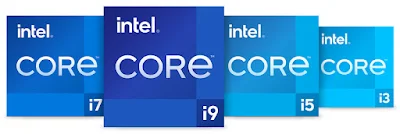Intel Quietly Unveils New E-core-less 14th-Gen CPUs, Including Overclockable Core i9-14901KE
In a surprising move, Intel has released nine new 14th-generation processors that ditch the Efficiency cores (E-cores) found in their recent hybrid architectures. Dubbed the "14001" series, these chips are primarily designed for embedded systems and mark a return to a purely Performance core (P-core) design.
Key Highlights:
- No E-cores: This series is the first since the 11th generation to completely abandon E-cores, focusing solely on P-cores.
- Overclockable Embedded CPU: The flagship Core i9-14901KE stands out as Intel's first overclockable processor designed for embedded systems.
- Embedded Platform: These CPUs are soldered onto motherboards, making them unsuitable for standard desktop use.
- Performance and Efficiency: The lineup includes Core i9, i7, and i5 variants with varying core counts, clock speeds, and power targets.
- Graphics: Most models feature Intel UHD 770 Graphics, while the Core i5-14501 series utilizes the less powerful UHD 730 Graphics.
Potential Advantages:
- Simplified Workload Scheduling: Eliminating E-cores can streamline workload management as the system doesn't need to decide which core type to utilize.
- Performance for Specific Applications: Some workloads don't benefit from E-cores and perform optimally with a set number of powerful cores.
- Repurposing Defective Dies: This release suggests Intel might be repurposing Raptor Lake dies with faulty E-cores but otherwise functional components.
Limited Availability:
It's important to note that these processors are intended for embedded systems and are sold as part of a motherboard, primarily targeting industrial applications. This makes them largely inaccessible to general consumers and PC enthusiasts.
Final Thoughts:
While not aimed at the mainstream market, the release of the E-core-less 14th-Gen CPUs demonstrates Intel's willingness to explore different avenues and cater to specific computing needs. The introduction of an overclockable embedded processor is particularly noteworthy and could pave the way for interesting developments in specialized computing solutions.



